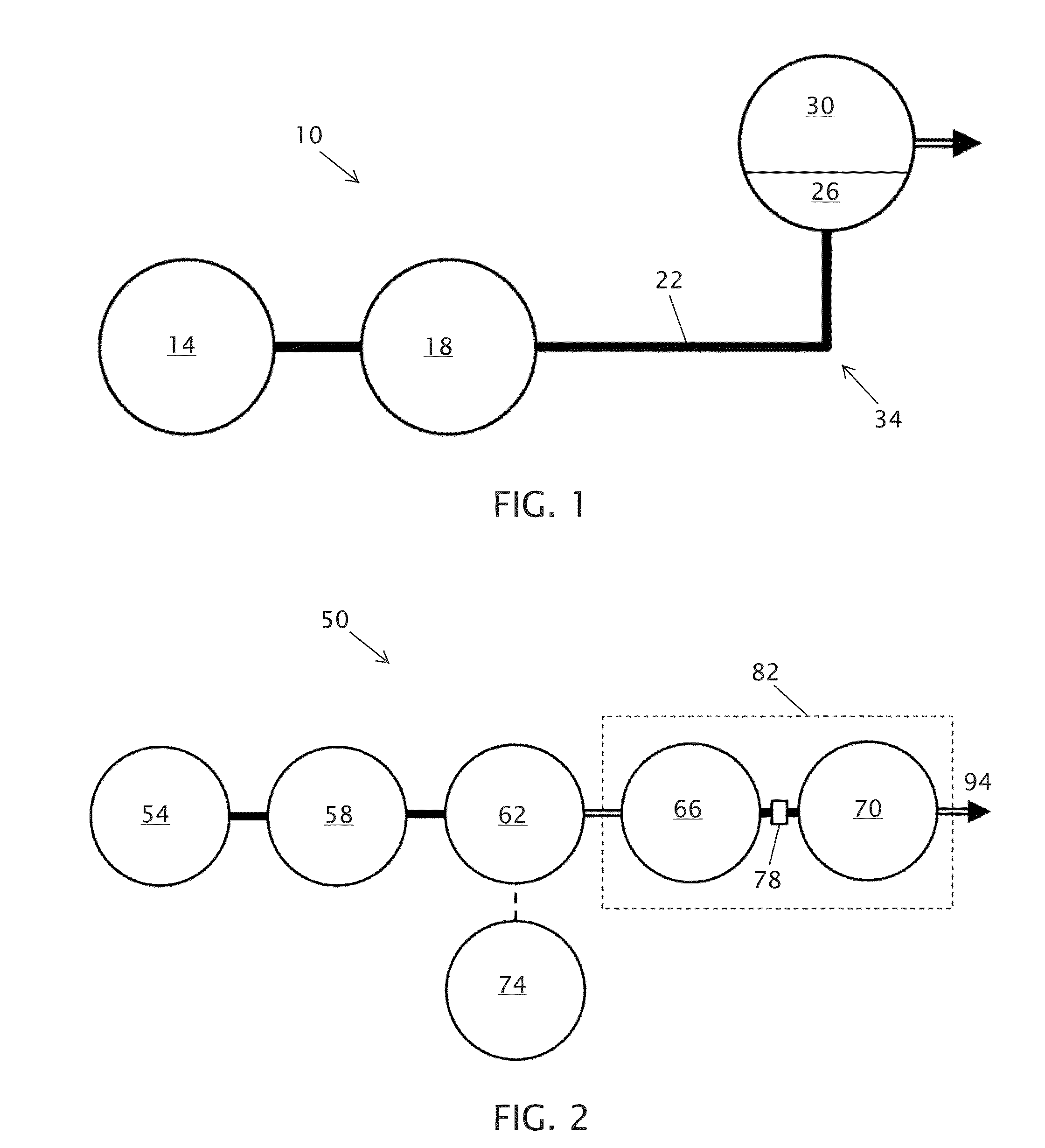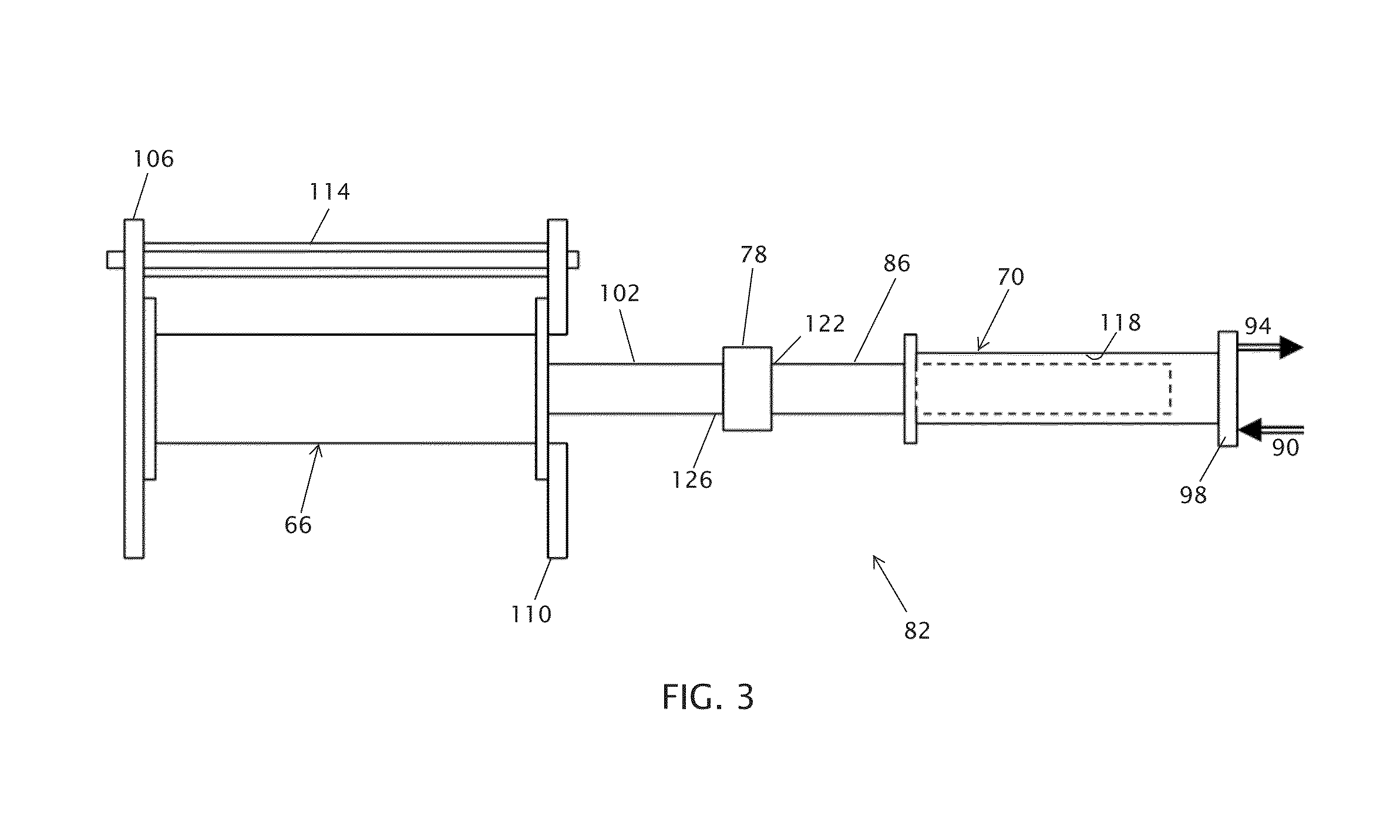Well Service Pump System
a well service pump and pump body technology, applied in the direction of pump control, pump unit, positive displacement liquid engine, etc., can solve the problems of reducing the stroke length of the plunger, reducing the size of the frac unit mounted on the trailer, and causing the failure rate of the current frac pump fluid end,
- Summary
- Abstract
- Description
- Claims
- Application Information
AI Technical Summary
Benefits of technology
Problems solved by technology
Method used
Image
Examples
Embodiment Construction
[0044]The following drawings illustrate by way of example and not limitation. For the sake of brevity and clarity, every feature of a given structure is not always labeled in every figure in which that structure appears. Identical reference numbers do not necessarily indicate an identical structure. Rather, the same reference number may be used to indicate a similar feature or a feature with similar functionality, as may non-identical reference numbers. The figures are drawn to scale (unless otherwise noted), meaning the sizes of the depicted elements are accurate relative to each other for at least the embodiment depicted in the figures.
[0045]FIG. 1 is a simplified, schematic flow diagram of a prior art well service pump system 10 of the type toward which the improvements of the present invention are directed. As has been briefly discussed, such well service pumps typically utilize a diesel engine 14, which will usually be 2,000 bhp or larger. The diesel engine transfers its power ...
PUM
 Login to View More
Login to View More Abstract
Description
Claims
Application Information
 Login to View More
Login to View More - R&D
- Intellectual Property
- Life Sciences
- Materials
- Tech Scout
- Unparalleled Data Quality
- Higher Quality Content
- 60% Fewer Hallucinations
Browse by: Latest US Patents, China's latest patents, Technical Efficacy Thesaurus, Application Domain, Technology Topic, Popular Technical Reports.
© 2025 PatSnap. All rights reserved.Legal|Privacy policy|Modern Slavery Act Transparency Statement|Sitemap|About US| Contact US: help@patsnap.com



